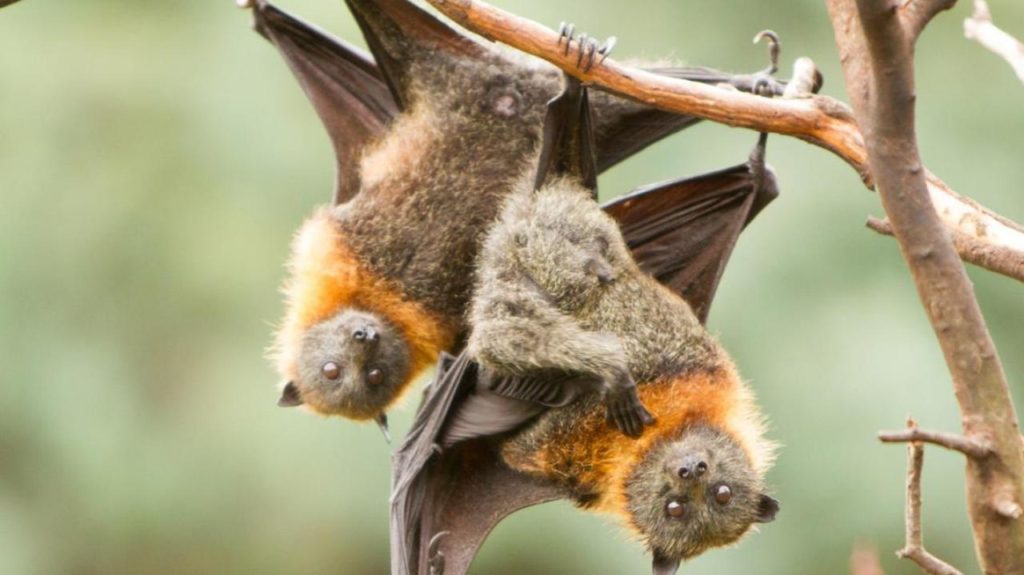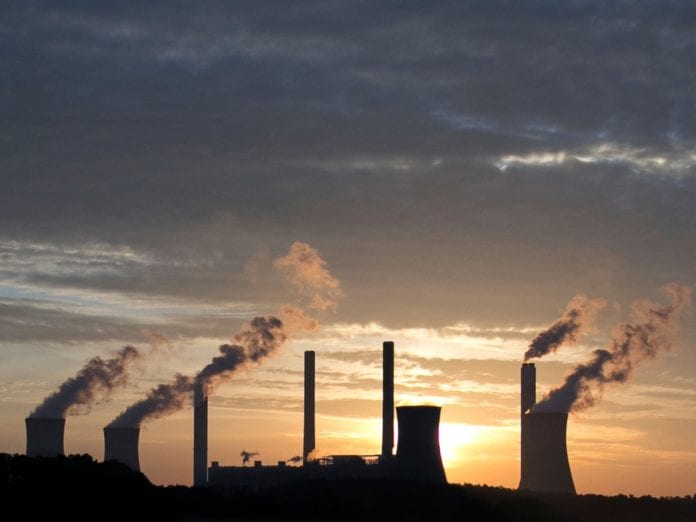A study published in the journal Science of the Total Environment talks about how climate change could have caused the emergence of SARS-CoV-2, which led to the coronavirus pandemic.
Effect of Climate Change
Over the last century, large scale changes have taken place in the vegetation in the southern Chinese Yunnan province, and adjacent regions in Myanmar and Laos. Climatic changes like rise in temperature, sunlight and level of greenhouse gases in the atmosphere have changed the natural habitat to tropical savannah and deciduous woodland from tropical shrubland. This environment is suitable for several bat species that predominantly live in the forests.
The number of coronaviruses in a region is closely related to the number of different species of bat present. In the research, it was found that 40 more species of bat moved to the southern Chinese Yunnan province in the last century, harbouring an additional 100 types of bat-borne coronaviruses. Genetic data suggests that this ‘global hotspot’ is the region where SARS-CoV-2 may have arisen.
Dr Robert Beyer is a researcher at the University of Cambridge’s Department of Zoology and the first author of the study. Beyer has recently taken up a European research fellowship at the Potsdam Institute for Climate Impact Research, Germany. Beyer says, “Climate change over the last century has made the habitat in the southern Chinese Yunnan province suitable for more bat species. Understanding how the global distribution of bat species has shifted as a result of climate change may be an important step in reconstructing the origin of the COVID-19 outbreak.”

The researchers created a map of the vegetation of the world as it was a century ago. They used records of temperature, cloud cover and precipitation. To determine the global distribution of the world’s bat species in the early 1900s, they used the information on the vegetation requirements of each species. They then compared this to the current distribution to see how bat species richness (the number of different species) has changed globally over the previous century because of climate change.
“As climate change altered habitats, species left some areas and moved into others — taking their viruses with them. This not only altered the regions where viruses are present but most likely allowed for new interactions between animals and viruses, causing more harmful viruses to be transmitted or evolve,” said Beyer.
Bats and coronavirus
Globally, 3,000 different types of coronavirus are carried by different bat species, with an average of 2.7 coronaviruses per species. Thus, a rise in the number of bat species may increase the chances of the evolution of a coronavirus harmful to humans.

Most coronaviruses cannot jump into humans from bats, but a lot of coronaviruses which infect humans are very likely to have originated from bats. Out of these, three are fatal for humans: Middle East Respiratory Syndrome (MERS) CoV, and Severe Acute Respiratory Syndrome (SARS) CoV-1 and CoV-2.
The study urges policymakers to address the role of climate change in viral outbreaks, and deal with the issue along with other economic recovery programmes.
“The COVID-19 pandemic has caused tremendous social and economic damage. Governments must seize the opportunity to reduce health risks from infectious diseases by taking decisive action to mitigate climate change,” said Professor Andrea Manica in the University of Cambridge’s Department of Zoology, who was involved in the study.
“The fact that climate change can accelerate the transmission of wildlife pathogens to humans should be an urgent wake-up call to reduce global emissions,” added Professor Camilo Mora at the University of Hawai’i at Manoa, who initiated the project.
The researchers also insisted on the need to limit the expansion of urban spaces, hunting grounds and farmlands, into natural habitat to decrease contact between humans and disease-carrying animals.
Further Reading:


